Designing Indian Motorcycles’ 2025 Scout
Insight from Ola Stenegard, the brand’s director of design
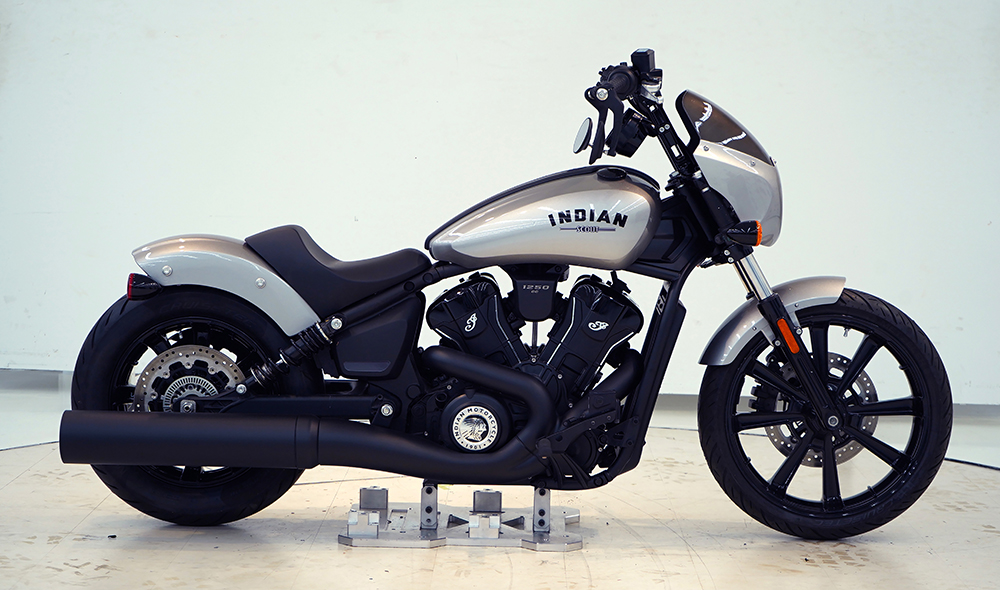
Unlike a lot of motorcycle designers, Ola Stenegard, a Swede, began his career in automotive—at Saab. And even though today he’s the director of design for legendary Indian Motorcycles, Stenegard spent over a decade designing bikes at BMW Motorcycles. If you think of BMW as one pole—a brand very much known for a kind of stalwart conservatism—Indian is the opposite. Indian was once the world’s largest maker of bikes and in many ways a touchstone American brand, lauded for speed and also bombast. They were Harley-Davidson, before Harley took that mantle and Indian went bankrupt.

That history informs the Indian of present day, because the motorcycle maker has been reborn under corporate owner Polaris and again competes with Harley-Davidson making unfaired (“naked”) models like the Scout, which was recently rebooted for 2025. Interestingly, Stenegard explained to us during a recent interview, there’s a cleaner line than at Harley to trace back to the Scout of old to the present bike, since Indian ceased to exist for about five decades. As a designer that let Stenegard and his team go back to basics with the new bike, and we talked a lot about that inspiration—while still modernizing a hallmark bike for the 21st century.

The Scout began over a century ago, but you can’t design a 100-year-old motorcycle. How did you take the soul of that and bring it to today?
Indian reintroduced the Scout 10 years ago. I wasn’t with the company. My team did that first Scout and this one, too. That most recent one worked really well—they sold 100,000 of them so it was obviously proven; they found a recipe that worked. But then we talked to a lot of customers and we saw things that were good with the first platform—but we thought you know, we can actually improve it and one thing I learned from Michael Mauer [head of design at the VW Group and formerly at Mercedes and Saab] was trying to reduce the design to just two, three lines.

This is even more critical on a bike, right, because the rider sees the bike differently, with an engine and everything visible from the exterior?
Yes, it starts with the V-motor. That’s the heart. And then it’s two lines that are really essential to both the Scout and also to Indian Motorcycles. The first connects at the neck, basically the handlebars, then over the tank and because we have a very special shock configuration that is totally in line with the frame we picked up on that and let that line shoot all the way down and right to the rear axle. That gives us this hugely long, very powerful curve. And that curve really connects every Scout in the brand’s history. A lot of customers can’t explain it—they don’t have to. But that’s one of those super, super important lines that connects the Scout through the years all the way back to the beginning. The second one starts at the neck and shoots down below the motor. I call it the S line. You see it when you look at a bike from 100 yards away. That line takes you all the way back to the very first bikes from old black-and-white photos from Indian. If you black out the rest of the bike you see the top curve and you see that S line like no other bike has.

Too many motorcycle brands seem very conservative with colors. Getting this right is probably a lot harder than consumers would guess.
You’re right; you usually don’t have a lot of color choice. For an American cruiser though you’ve got to have a palette that looks good in the showroom. And, again, it can’t be a detractor but you also have to find colorways to speak to everyone; it’s going to be a colorway that people fall in love with. Then you have all the feedback, like how colors are styled and what’s on trend. You put that on the table; but then as designers we just have a feeling, too, and when we’re designing and you add color it changes everything and it’s actually a very complicated process. It’s really, really tricky.

There’s a physicality of riding a motorcycle; you sit on a bike, not in it. And you’re far more prone to work on it than you would a modern car, so there’s a tactile quality that’s important, too. Can you explain how that mattered with the design process of the Scout?
You’re hitting one of the keys for Indian because even in the design world there’s always this talk about virtual, you know, computer power and you can do a whole car in virtual now—you don’t have to do clay and it goes faster if you don’t do clay. Don’t get me wrong: computers are really important. There’s always a time and place for virtual and computers. But when it comes to the creative part, and I’ve done this a long time, and I’ve tried it every damn way, a motorcycle requires your hands shaping it, because exactly what you say. The customer is going to sit on it; they’re interacting with it. So we need to interact with the shape, and you just can’t do that in any kind of virtual space. You can’t virtually feel a bike with your knees, put your hands on the tank. It’s that feeling when you park the bike, step off, and it sits there and it’s got to look damn good as you walk away. We have done that on models, too. Just to get that feel. It sounds so nerdy but it’s so important. You just can’t feel the weight of the bike. You just can’t. Nothing beats reality. That’s it. Nothing is better and nothing is better for a designer especially.
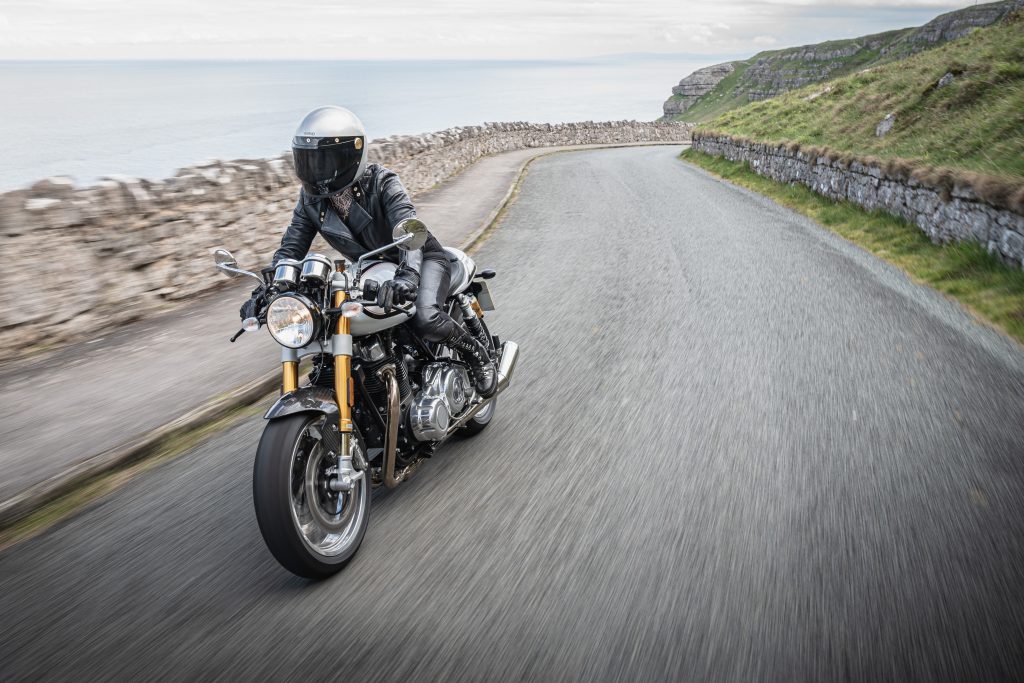
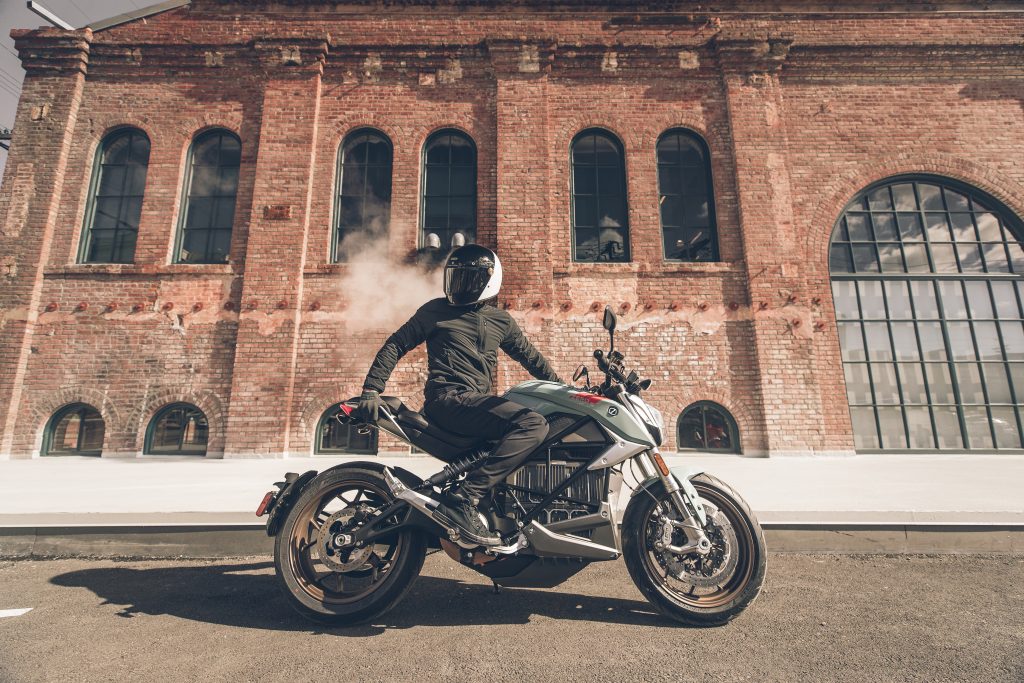

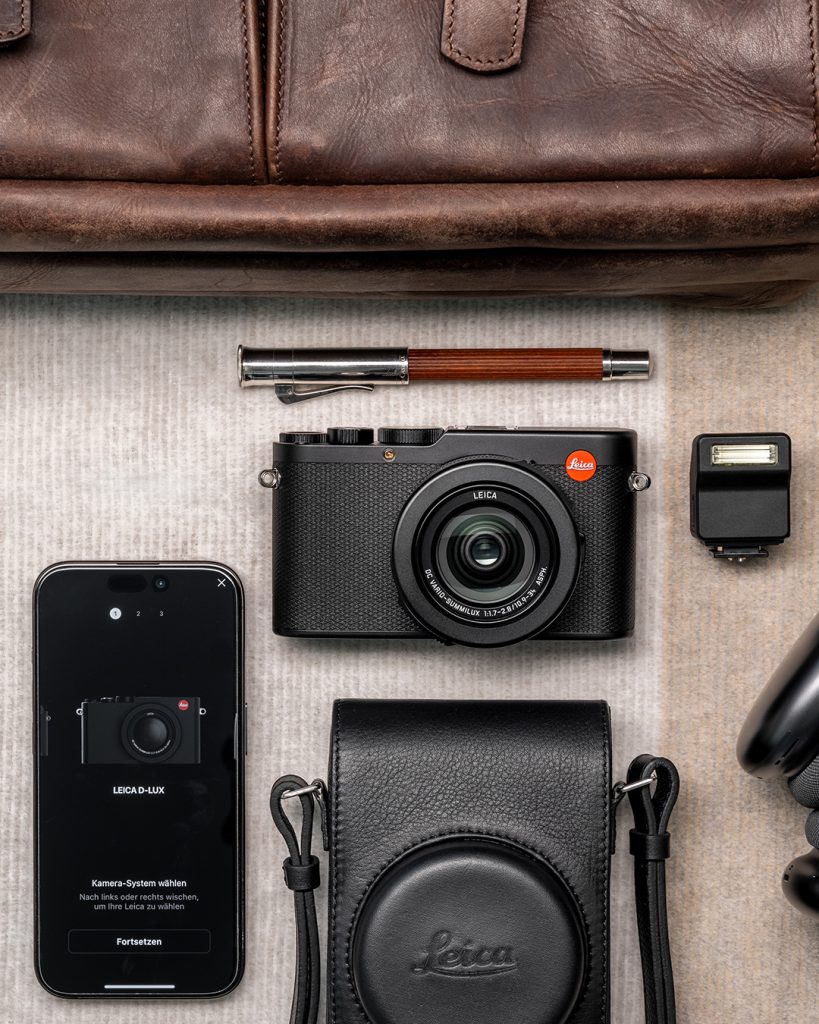
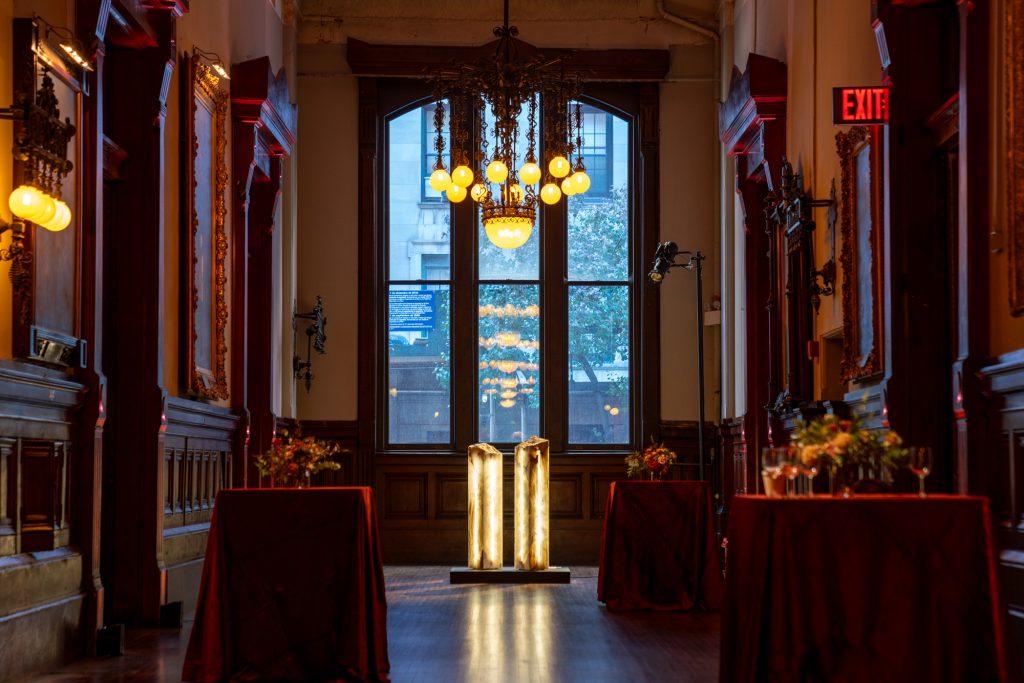

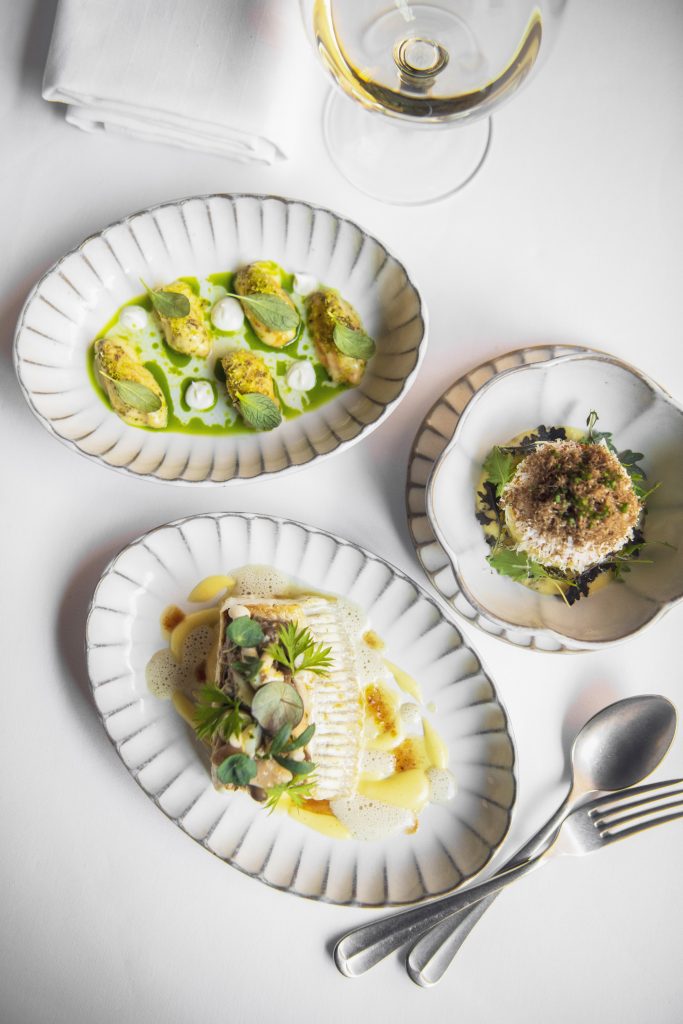


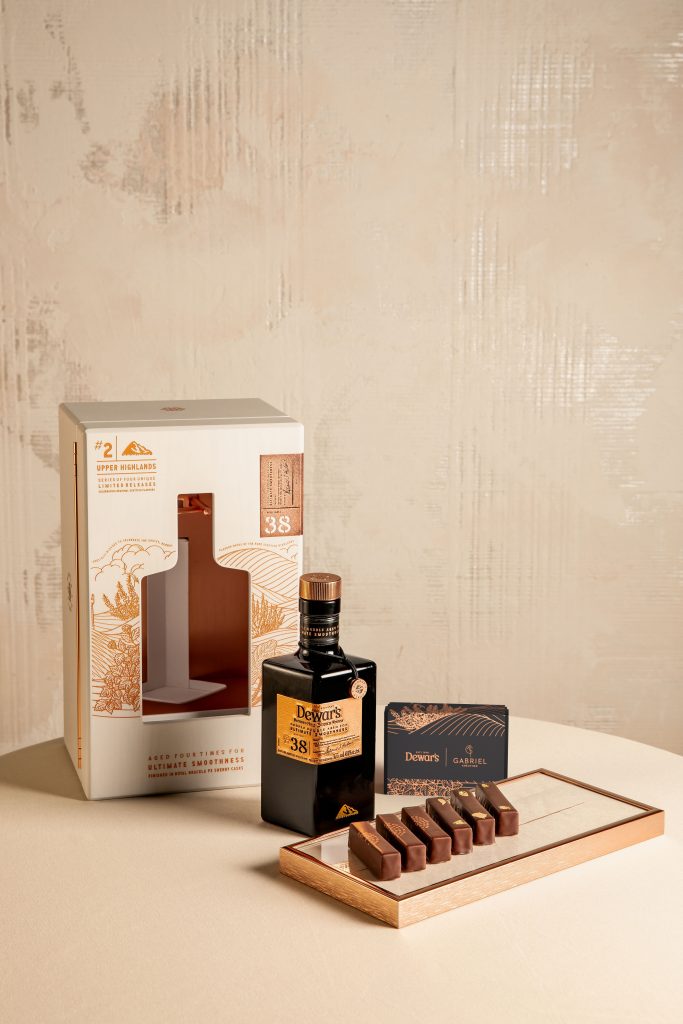
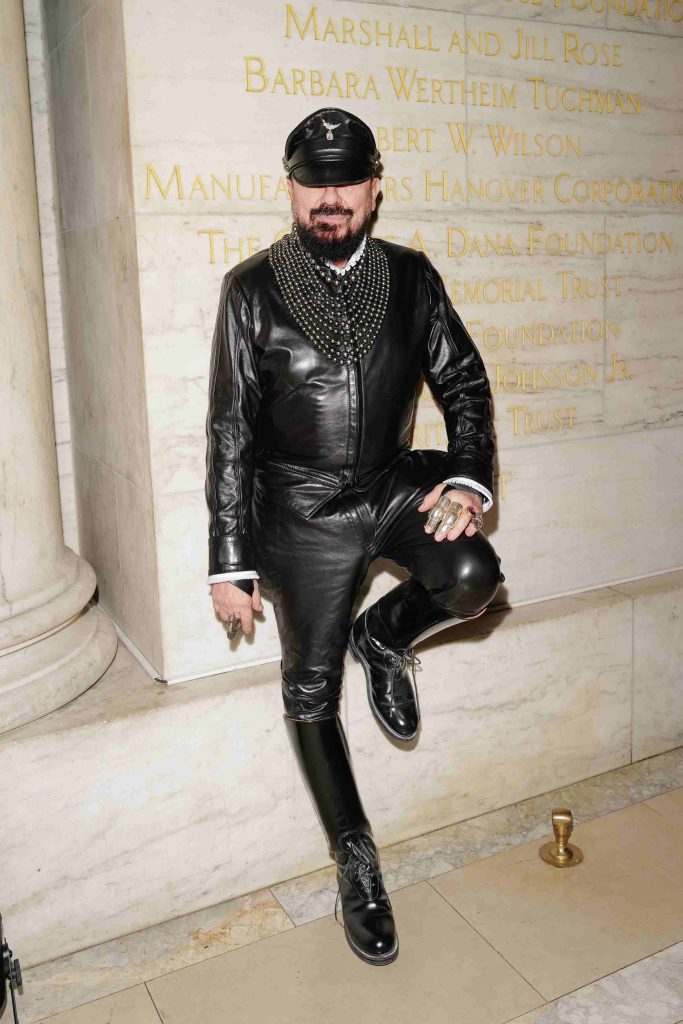
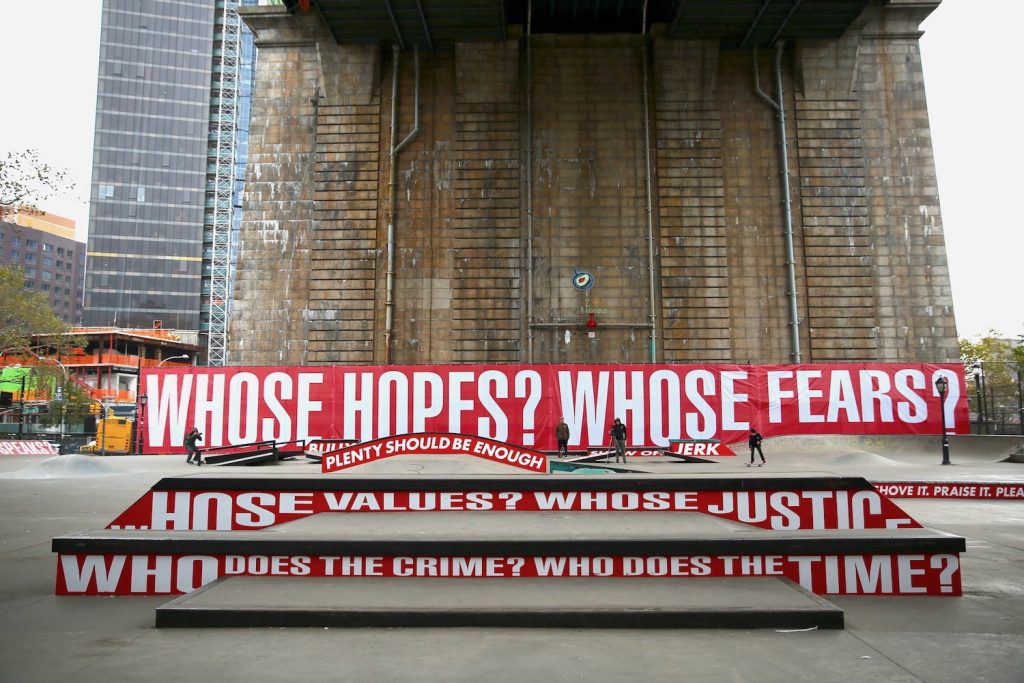

What are your thoughts?